The vast majority of diagnostic questions I receive each year are related to trees with health
issues. Many of these issues could be avoided by proper (and consistent) care of the tree
from the day it is planted. Sometimes things do go wrong, and knowing what to do can be
instrumental in reviving the health of a tree.
Trees have the amazing ability to “compartmentalize” diseased and damaged tissue, and to
produce healthy tissue around it. If a tree has been stressed by environmental issues such as
compaction in the root zone, drought stress from lack of irrigation, mechanical damage (like
that caused by deer or sapsucker woodpeckers), or a host of other issues, the tree’s ability to
recover from such damage becomes compromised. The freeze in February 2021 affected many trees in our area, especially if they were weakened going into the freeze. Cracks in bark and bark sloughing off have been observed.

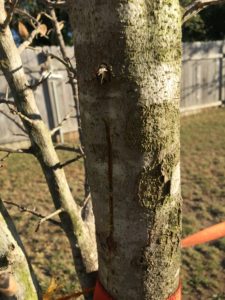
What can we do to help the tree recover from these stressed conditions?
The first thing we do is look at the base of the tree, called the root flare. Look to see if the
“original” soil line is exposed, or if the trunk has been covered by additional soil or mulch. If the base of the tree appears to go straight into the ground like a telephone pole, there is a good chance that the root flare is covered.
Pull back the soil/mulch until you see roots growing from the trunk. If you find that the root
flare has been covered, pull all soil/mulch back at least 6” from the trunk. If the tree seems to
have extensive amounts of soil added around the trunk, it will be necessary to hire an
arborist to use an “air spade” to remove the soil around the root flare.
Compacted soil will benefit from “plug aeration”, and should be aerated to a depth of 6”-12”.
Aerate soil beginning at 2’ out from the trunk ending at the drip line or beyond.
After aerating the soil, a 1” layer of compost followed by a 2”-3” layer of hardwood mulch
should be applied, beginning 6” from the trunk and ending at the drip line or beyond, if
possible. Do not apply either of these products too close to the trunk of the tree.
Fertilization should take place in mid-April and October and should always be an organic form
of Nitrogen.
MicroLife products contain beneficial mycorrhizae fungi and beneficial
microorganisms which aid the root system in uptake of water and nutrients. The organic
Nitrogen is in a water-insoluble form, and requires microorganisms to break it down to a
usable form. This provides a slow release of Nitrogen that cannot be leached away by rain or
irrigation, and cannot “burn” the roots.
Avoid using chemical fertilizers, insecticides or fungicides unless a diagnosis has been made
and recommendations come from a reliable source.
Herbicides such as “weed and feed” products should never be used under
the canopy of a tree. Drift from use of liquid herbicides used nearby should be closely monitored.
Dead and/or damaged limbs should be pruned by making a cut at the “branch collar”, using a
sterile, sharp pruning tool. (Click HERE for pruning diagram)
Established trees benefit from a consistent watering regime. Watering should be directed to
the entire area under the canopy of the tree, and in some cases, even beyond. The majority
of the “feeder” roots are in the top 12”-18” of the soil, and the tree would benefit from
infrequent deep watering vs. frequent shallow watering. Often our trees are located in our
lawns, which are generally watered to a depth of 6”. An occasional deep watering cycle
would be appropriate, especially in a drought year.
Winter watering is often ignored. With highly variable rainfall in Central Texas, if we have a drought during the winter and have not received an inch of rain in 3-4 weeks, water deeply under the canopy of trees.
Do not “over prune” your trees. Removing too much of the canopy is stressful for the tree. Remove dead and diseased wood first, and never remove more than 1/4 of the growth at one time. Less is better. Always have a reason for removing growth. Prune Live Oaks and Red Oaks from July to January to avoid the spread of Oak Wilt.
Here are some interesting “tree facts”:
*A tree’s roots can extend 1-1 ½ times the HEIGHT of the tree OUT from the tree!
*The majority of the tree’s root system is located in the top 12”-18” of the top of the soil
because the oxygen that the roots require to function is located there.
*A tree’s roots absorb water and nutrients from the soil, store sugar (carbohydrates) and
anchor the tree upright. Each root is covered with thousands of root hairs that make it easier
to soak up water and dissolved minerals from the soil.
*A tree’s vascular system is comprised of the xylem which carries water and nutrients, and
the phloem which moves sap (sugar and nutrients dissolved in water). It is is located just
under the bark of the tree.
*The “heartwood” in the interior of the tree is “dead” xylem tissue. The main function of the
“heartwood” is to support the tree.
*A tree’s bark originates from phloem cells that have died and been shed outward, and
protects the tree from insects, disease, storms and extreme temperatures.

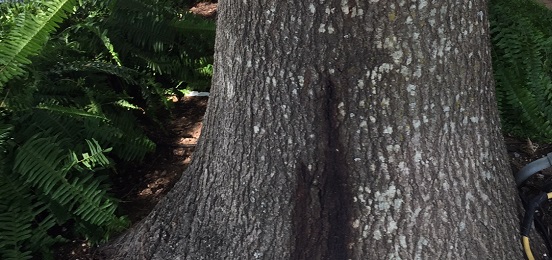

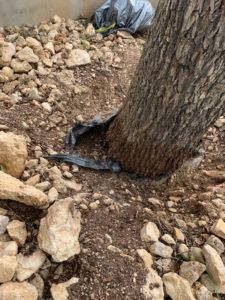


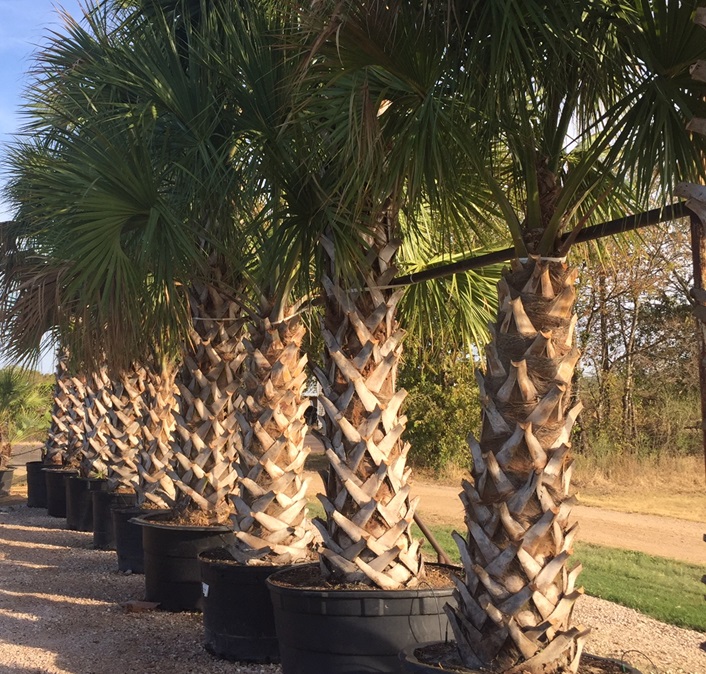
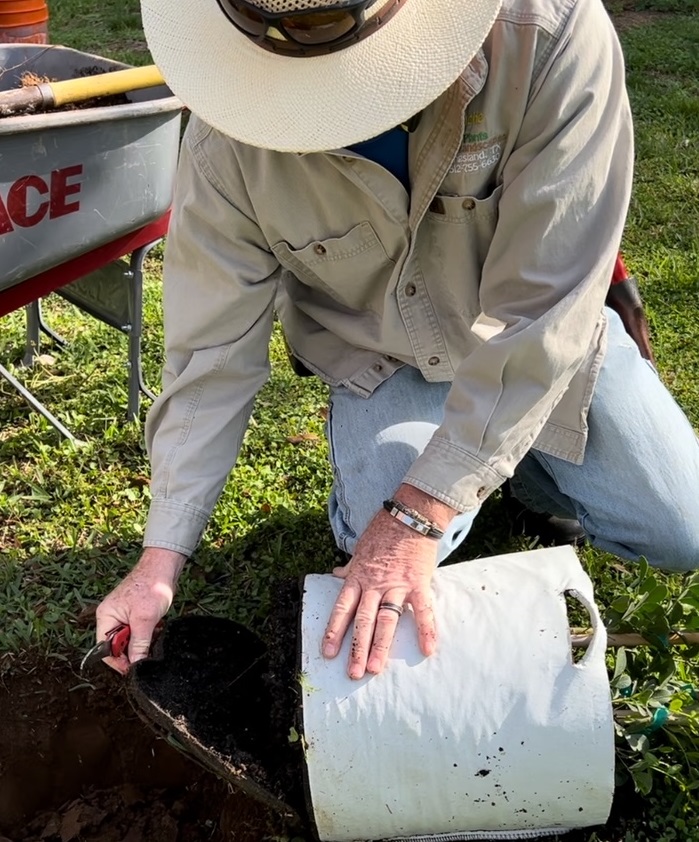
Leave A Comment